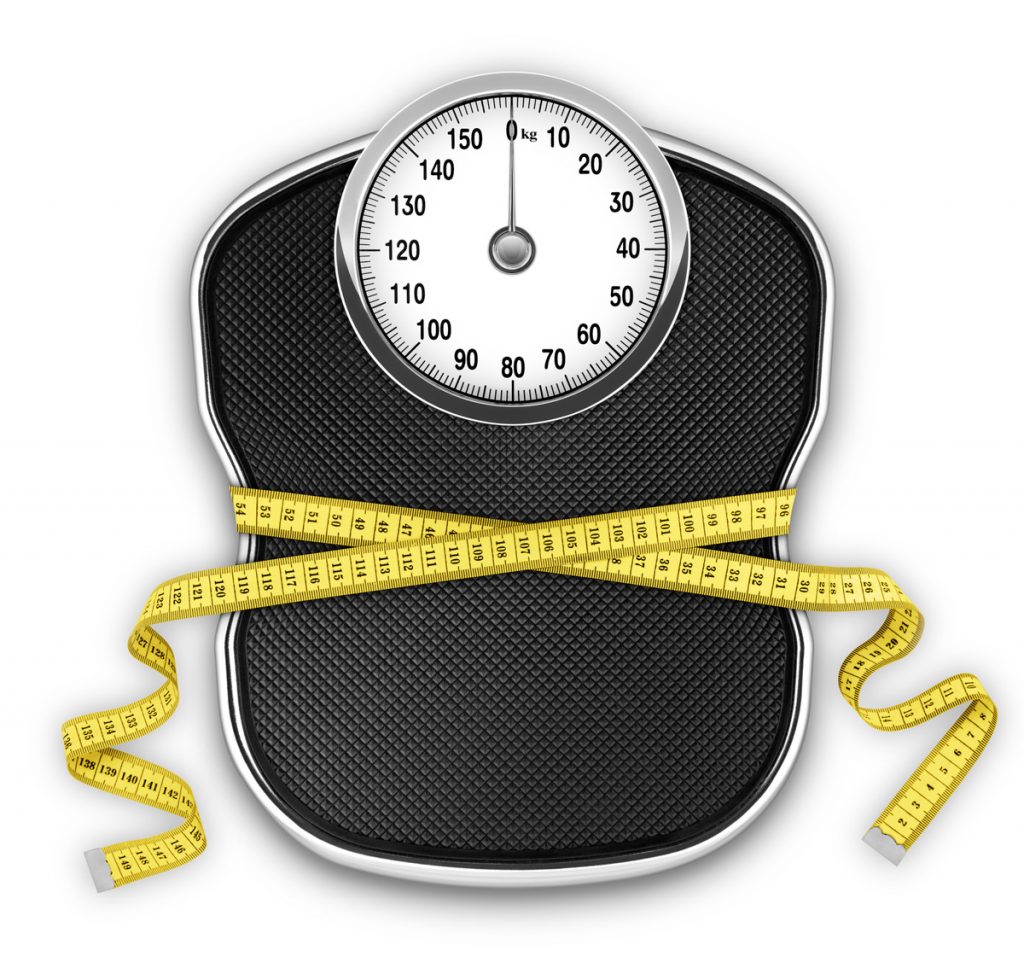The obesity problem is huge, literally. A new report funded by the CDC estimates that 42 percent of American adults could be obese by the year 2030, compared to 33.8 percent in 2007-2008. Obesity is responsible for staggering costs: an extra $190 billion a year in healthcare and more than $73 billion a year in lost productivity.

“You are personally responsible for doing things to help yourself out of your situation, but this is so far more complicated than merely a failure of personal will,” says Judith Salerno, M.D., M.S., co-author of the book and Leonard D. Schaeffer Executive Officer of the Institute of Medicine of the National Academies.
The authors outline key players that fueled the obesity epidemic, including these:
1) We are genetically programmed to love food, overeat it when it is readily available and then store extra calories as fat. There may be as many as one hundred genes that enhance our desire to eat.
2) Industrialization of our modern food supply means that food is easy to find in great quantities. The average American consumes 31 percent more calories per day compared to forty years ago.
3) We are making poor nutrition choices. Only 26 percent of Americans are eating the recommended amount of fruits and vegetables, down from 42 percent twenty years ago.
4) Only 3 percent of adults meet the minimum daily physical activity guidelines, which recommend at least 150 minutes per week of moderate-intensity aerobic activity, plus resistance training on two days per week.
5) Lack of sleep has an immediate negative effect on hormones that drive hunger, and increases our cravings for carbohydrates.
The average American is 14.5 pounds overweight and spending on diet products and services tops $40 billion a year as people seek quick-fix solutions. Instead of going on the next fad diet, the authors suggest that the best place to start instead is to understand how the “calories in versus calories burned” math works for your own body.
“For me the simple message is that it’s calories in versus calories expended. But it’s a lot more complicated than that, and in order for people to be successful in losing weight and maintaining that loss, you really have to understand a lot more about your biology and your environment,” says Dr. Salerno.
She recounts her personal experience: “You know, I could never understand, before I started looking into this, why I could eat the same amount of food as a friend of mine. We were both at the same weight, where I would gain and she wouldn’t. But I had lost 25 pounds to get to the weight that she had always [maintained]. So it was very helpful for me to understand that I needed to eat less to be at the same weight, and that my biology, my set points were different.”
Here are some key strategies to fight obesity—and win for good:
1) Start by tracking what you eat and your physical activity with a written diary or diet diary mobile app and set a calorie budget.
2) Establish support systems. Talk to your friends and loved ones about your goals.
3) Set reasonable goals like losing 1-2 pounds per week and establish a track record of success. Losing just 5-7 percent body weight can lower blood pressure, improve blood sugar levels and reduce your risk of developing type 2 diabetes by 60 percent.
4) Watch the portion sizes and consider sharing half of your meal with a friend.
5) Plan ahead of time by packing healthy snacks so you can resist unhealthy food temptations.
6) Get moving! Work towards meeting the recommended physical activity guidelines, ideally spreading your activity sessions throughout the week.
Beyond taking personal responsibility, larger social changes are needed to win the obesity war. “I think that the message is that everything is conspiring against us, so we need to change everything. One person dieting is not going to change the obesity crisis, but having many different people: employers, insurers, local government, state governments, schools, school boards, and families recognize that the problem is large, it’s complicated and there are lots of interlocking pieces, is important. We will only solve this when we really address all of the puzzle pieces,” says Dr. Salerno.
CONNECT THE DOTS
Obesity is defined as having a body mass index (or BMI) of 30 or more. Visit the CDC to calculate your BMI. GE and MedHelp developed My Diet Diary, a free mobile app that combines a calorie counter, exercise tracker and food diary, all in one. The National Weight Control Registry tracks more than 10,000 people who have shed a significant amount of weight and kept it off for a long period of time. Check out our earlier posts, “Best Strategies for Maintaining Long Term Weight Loss,” and “How to Kick the Added Sugar Habit.”
Originally published on GE Healthy Outlook, June 29, 2012. Copyright Jane Langille.

